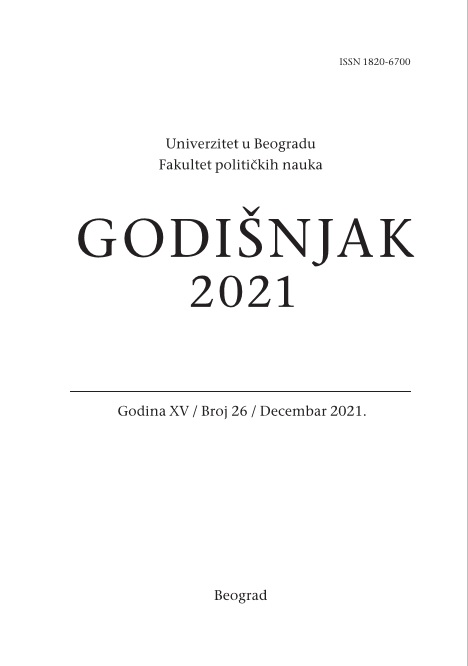Karakteristike i funkcionisanje polupredsedničkog sistema u Srbiji
CHARACTERISTICS AND FUNCTIONING OF THE SEMI-PRESIDENTIAL SYSTEM IN SERBIA
Author(s): Marko Mandić, Pavle NedićSubject(s): Government/Political systems, Electoral systems
Published by: Fakultet političkih nauka Univerziteta u Beogradu
Keywords: semi-presidential system; Republic of Serbia; president; prime minister; parliamentary majority; electoral system; party system
Summary/Abstract: This paper analyzes the characteristics and the functioning of the semi-presidential system in the Republic of Serbia. The subject of analysis are various factors that influence in a fundamental way the political practice of semi-presidentialism – the constitutional structure, constitutional powers of the executive, electoral system, party system, the relationship between the president and the parliamentary majority. The paper explains the evolution of the concept and key features of semi-presidentialism from its inception to the contemporary definitions offered by the comparativists. The general knowledge of the semi-presidential systems is examined through the case of Serbia. Semi-presidentialism in the Republic of Serbia is characterized by the oscillations between two phases – the presidential phase and the parliamentary phase. The crucial causes of this phenomenon are the party system and the relationship between the president and the parliamentary majority. The possibility of holding a party and a state function simultaneously strengthens the actual power of the person using it, resulting in the often homogenization of the dual executive.
Journal: Godišnjak FPN
- Issue Year: 15/2021
- Issue No: 26
- Page Range: 79-98
- Page Count: 20
- Language: Serbian

